Researchers at the NCI-Designated Cancer Center at Sanford Burnham Prebys describe two enzymes newly identified for their roles in regulating macropinocytosis, a process cancer cells use to snatch extra nutrients from the jelly-like substance between cells. This allows tumors to fuel their growth even when they consume more energy and other resources than they can acquire from nearby blood vessels.
Tag: Enzymes
Polymorphic positions 349 and 725 of the autoimmunity-protective allotype 10 of ER aminopeptidase 1 are key in determining its unique enzymatic properties
ER aminopeptidase 1 (ERAP1) is a polymorphic intracellular aminopeptidase with key roles in antigen presentation and adaptive immune responses. ERAP1 allotype 10 is highly protective toward developing some forms of autoimmunity and displays unusual functional properties, including very low activity versus some substrates.
Glowing Proteins Enable Real-Time, 3-D Study of Essential Enzymes
Working in organoid models, researchers at University of California San Diego School of Medicine have developed a new tool to study protein-kinase C (PKC) enzymes, which play a critical role in cell growth, differentiation and survival. Malfunction of these proteins…
Penny for Your Thoughts? Master Copper Regulator Discovery May Offer Alzheimer’s Clues
A groundbreaking study using a tiny roundworm could pave the way for new treatments for neurodegenerative disorders. Researchers have linked the worm gene swip-10 to copper regulation – a vital element for brain health found in everyday items like wiring and cookware. Understanding the roles of swip-10 and MBLAC1, a protein involved in processing cellular materials, could lead to the development of effective medications and opens new avenues for advancing brain disease treatments.
RUDN chemists suppress overactivity of enzymes that cause Alzheimer’s disease
RUDN University chemists have obtained new azaheterocyclic compounds that inhibit acetylcholinesterase (AChE) and butyrylcholinesterase (BChE), regulators of the central nervous system.
FSU researchers develop new test for detecting cancer biomarkers
A team led by Florida State University chemists has developed a new test for detecting biological markers related to several types of cancer. Their research was recently published in Journal of the American Chemical Society.
Detoxing body of 2 fat by-products could extend lifespan, UVA researchers discover
University of Virginia scientists have identified a promising approach to delay aging by detoxifying the body of glycerol and glyceraldehyde, harmful by-products of fat that naturally accumulate over time.
Metal Contamination Causes Metabolic Stress in Environmental Bacteria
Most studies on the effects of heavy metals on bacteria living in these environments have only focused on one metal at a time. In this study, researchers found that exposing bacteria to a mixture of metals caused their metabolism to change and led them to act as if they were starved for iron.
A molecular machine’s secret weapon exposed
RNAs are having a moment. The foundation of COVID-19 vaccines, they’ve made their way from biochemistry textbooks into popular magazines and everyday discussions.
New enzyme could mean better drugs
Just as a choreographer’s notation tells a dancer to strike a particular pose, an enzyme newly discovered by Rice University scientists is able to tell specific molecules precisely how to arrange themselves, down to the angle of single hydrogen bonds.
Turning a poison into food
Methanogens are microorganisms that produce methane when little or no oxygen is present in their surroundings.
Garret Suen: Then and Now / 2012 Early Career Award Winner
Garret Suen is an associate professor of Bacteriology at the University of Wisconsin – Madison, who is researching how herbivores use the microbes in their stomachs to break down cellulose into smaller molecules that can be converted into biofuels and bioproducts.
Print, Recycle, Repeat: Scientists Demonstrate a Biodegradable Printed Circuit
Scientists have developed a fully recyclable and biodegradable printed circuit. The advance could divert wearable devices and other flexible electronics from landfill, and mitigate the health and environmental hazards posed by heavy metal waste.
Enzyme, proteins work together to tidy up tail ends of DNA in dividing cells
Researchers at the University of Wisconsin–Madison have described the way an enzyme and proteins interact to maintain the protective caps, called telomeres, at the end of chromosomes, a new insight into how a human cell preserves the integrity of its DNA through repeated cell division. DNA replication is essential for perpetuating life as we know it, but many of the complexities of the process — how myriad biomolecules get where they need to go and interact over a series of intricately orchestrated steps — remain mysterious.
Science snapshots from Berkeley Lab
New Berkeley Lab breakthroughs: engineering chemical-producing microbes; watching enzyme reactions in real time; capturing the first image of ‘electron ice’; revealing how skyrmions really move
Children’s dislike of cauliflower, broccoli could be written in their microbiome
Researchers reporting in ACS’ Journal of Agricultural and Food Chemistry have found that levels of volatile, sulfurous compounds are similar in parent-child pairs, suggesting shared oral microbiomes. They also found that high levels cause children to dislike the vegetables.
Science Snapshots from Berkeley Lab
An experiment to study gravity at the quantum scale, insights into an antibiotic-building enzyme, and the backstory of an incredible new protein prediction algorithm are featured in this month’s roundup of science highlights.
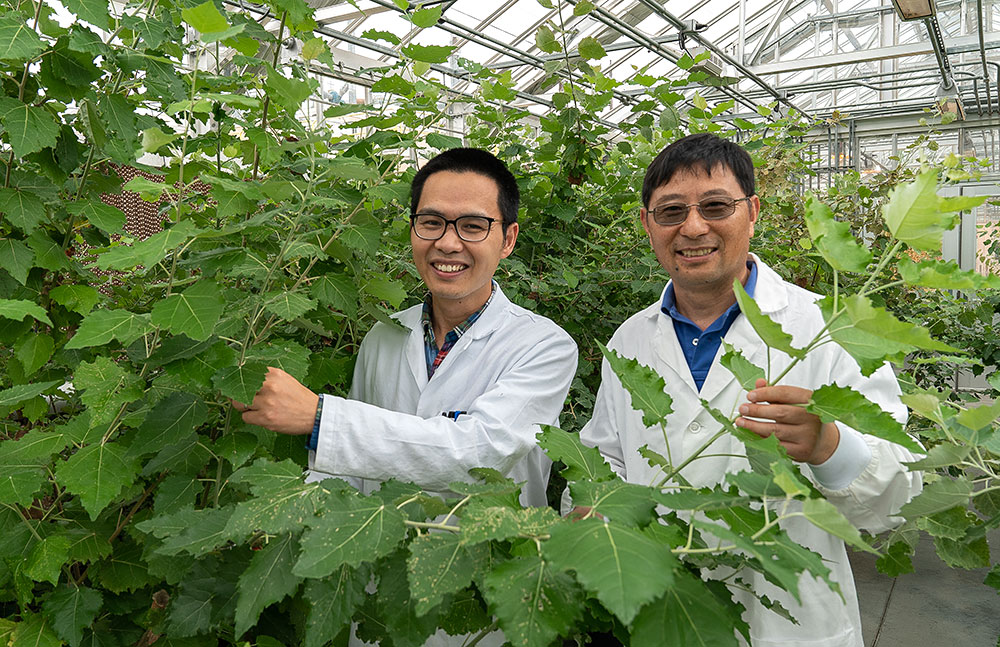
Scientists ID Enzyme for Making Key Industrial Chemical in Plants
Scientists studying the biochemistry of plant cell walls have identified an enzyme that could turn woody poplar trees into a source for producing a major industrial chemical. The research, just published in Nature Plants, could lead to a new sustainable pathway for making “p-hydroxybenzoic acid,” a chemical building block currently derived from fossil fuels, in plant biomass.
Energy on Demand: Learning from Nature’s Catalysts
With quantum chemistry, PNNL scientists are discovering how enzymes such as nitrogenase serve as natural catalysts that efficiently break apart molecular bonds to control energy and matter.
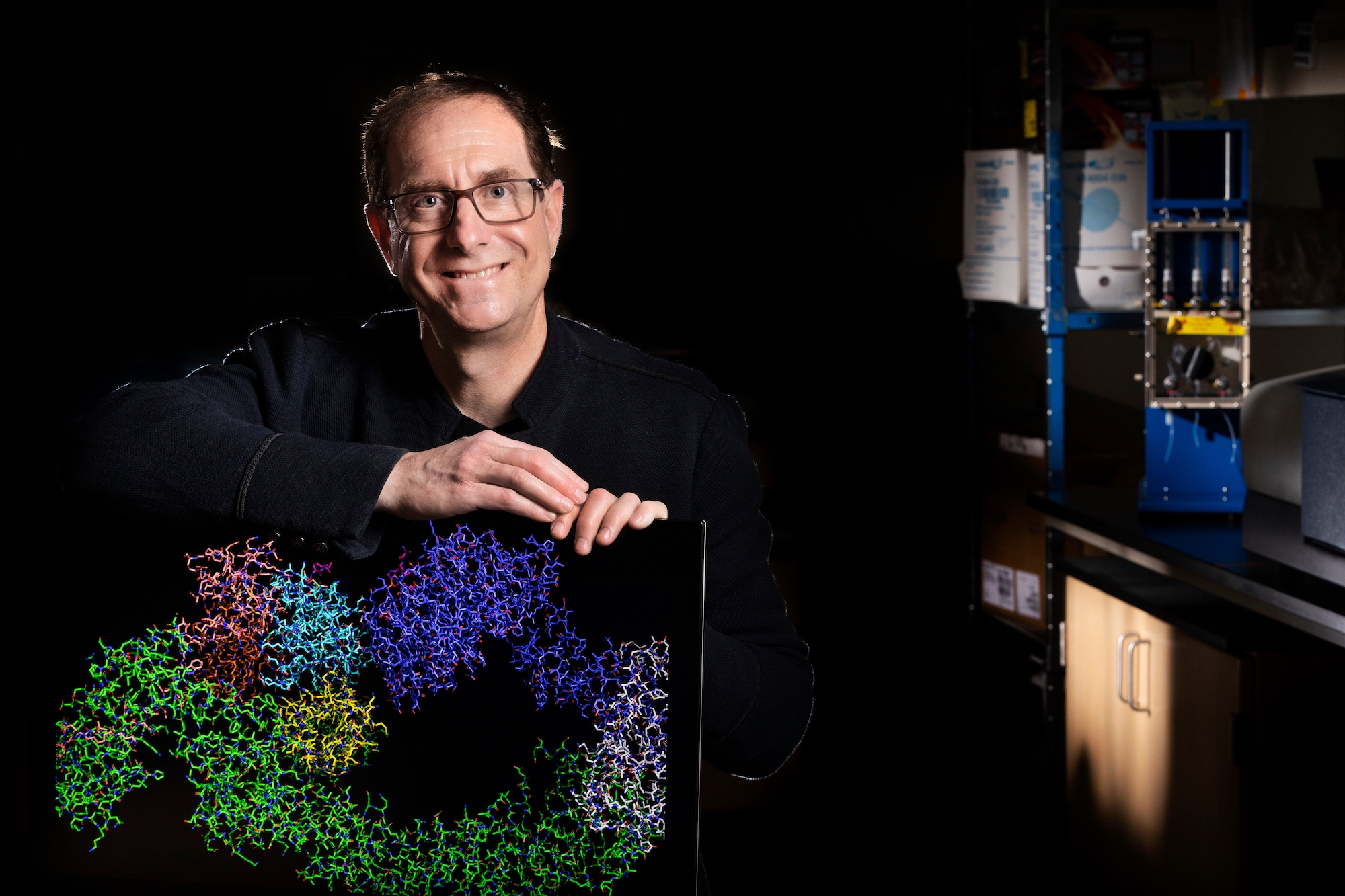
Harnessing the Power of Proteins in our Cells to Combat Disease
A lab on UNLV’s campus has been a hub of activity in recent years, playing a significant role in a new realm of drug discovery — one that could potentially provide a solution for patients who have run out of options.

Cell-Free Technology Accelerates Industrial Biotechnology
Industrial biotechnology aims to use microbes, such as bacteria, as factories to convert molecules into desirable products using enzymes. Scientists have now developed a framework to rapidly select from hundreds of options to design, build, and optimize enzymes without the need for intact cells.

Gut Microbiome Manipulation Could Result from Virus Discovery
Scientists have discovered how a common virus in the human gut infects and takes over bacterial cells – a finding that could be used to control the composition of the gut microbiome, which is important for human health. The Rutgers co-authored research, which could aid efforts to engineer beneficial bacteria that produce medicines and fuels and clean up pollutants, is published in the journal Nature.

New Science Behind Algae-based Flip-flops
UC San Diego researchers formulated polyurethane foams, made from algae oil, to meet commercial specifications for midsole shoes and the foot-bed of flip-flops. Their latest result, in a series of recent research publications, offers a complete solution to the plastics problem—at least for polyurethanes.
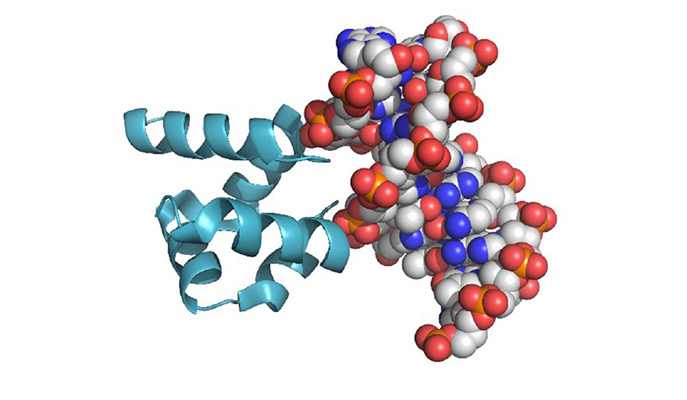
Which Came First? An Experiment in Recreating Primordial Proteins Solves a Long-standing Riddle
How did the earliest proteins arise, given that the amino acids needed to make them are themselves produced by other proteins – enzymes? The Weizmann Institute’s Prof. Dan Tawfik and colleagues recreated primordial proteins to find the answer.
Rutgers Expert Available to Discuss How to Help Free Market Fight Coronavirus
New Brunswick, N.J. (March 25, 2020) – Stephen K. Burley, director of the RCSB Protein Data Bank headquartered at Rutgers University–New Brunswick, is available for interviews on how to help the free market fight the coronavirus. His viewpoint is published in the journal Nature. “Had drug…
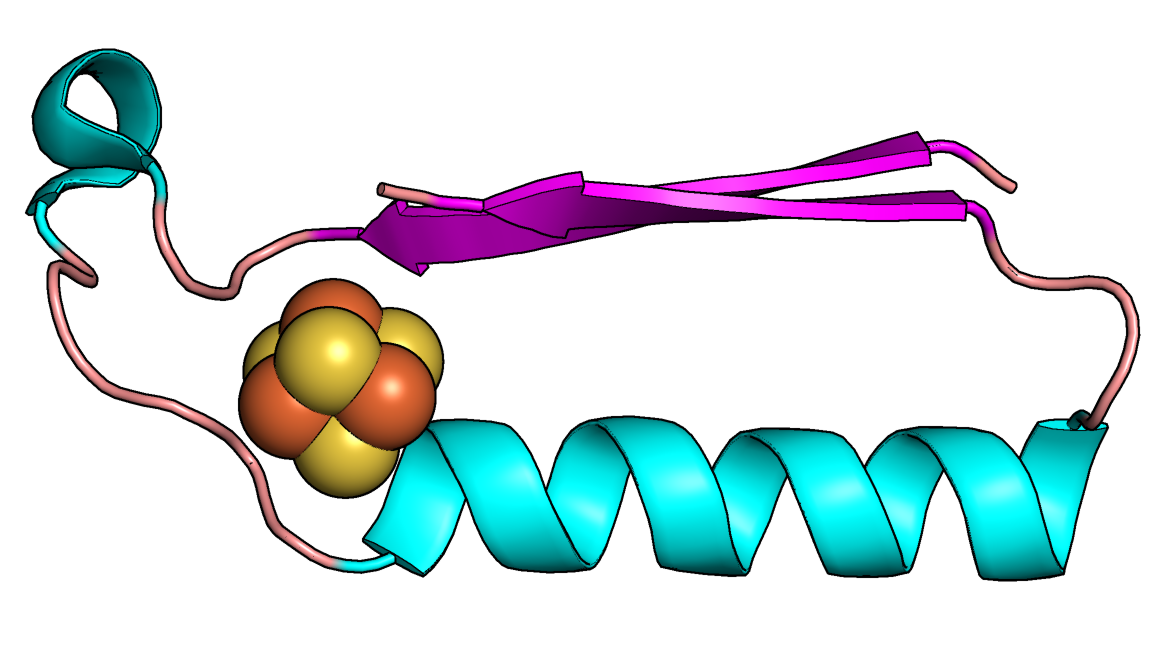
Scientists Have Discovered the Origins of the Building Blocks of Life
Rutgers researchers have discovered the origins of the protein structures responsible for metabolism: simple molecules that powered early life on Earth and serve as chemical signals that NASA could use to search for life on other planets. Their study, which predicts what the earliest proteins looked like 3.5 billion to 2.5 billion years ago, is published in the journal Proceedings of the National Academy of Sciences.
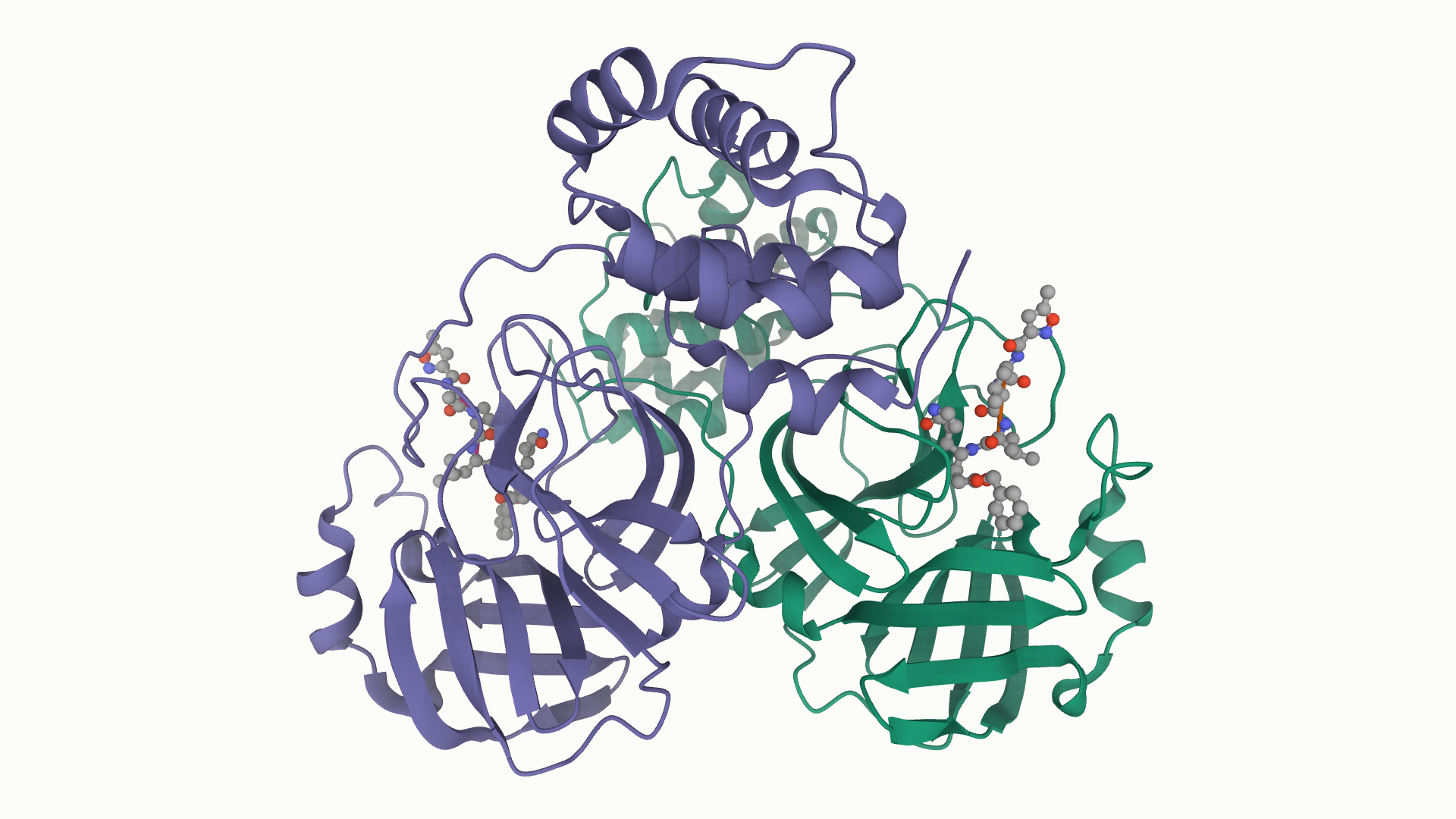
Rutgers Expert Available to Discuss New Coronavirus Enzyme Structure
New Brunswick, N.J. (Feb. 5, 2020) – Stephen K. Burley, director of the RCSB Protein Data Bank headquartered at Rutgers University–New Brunswick, is available for interviews on the 3D structure of a key enzyme in the new coronavirus that has been made publicly available…
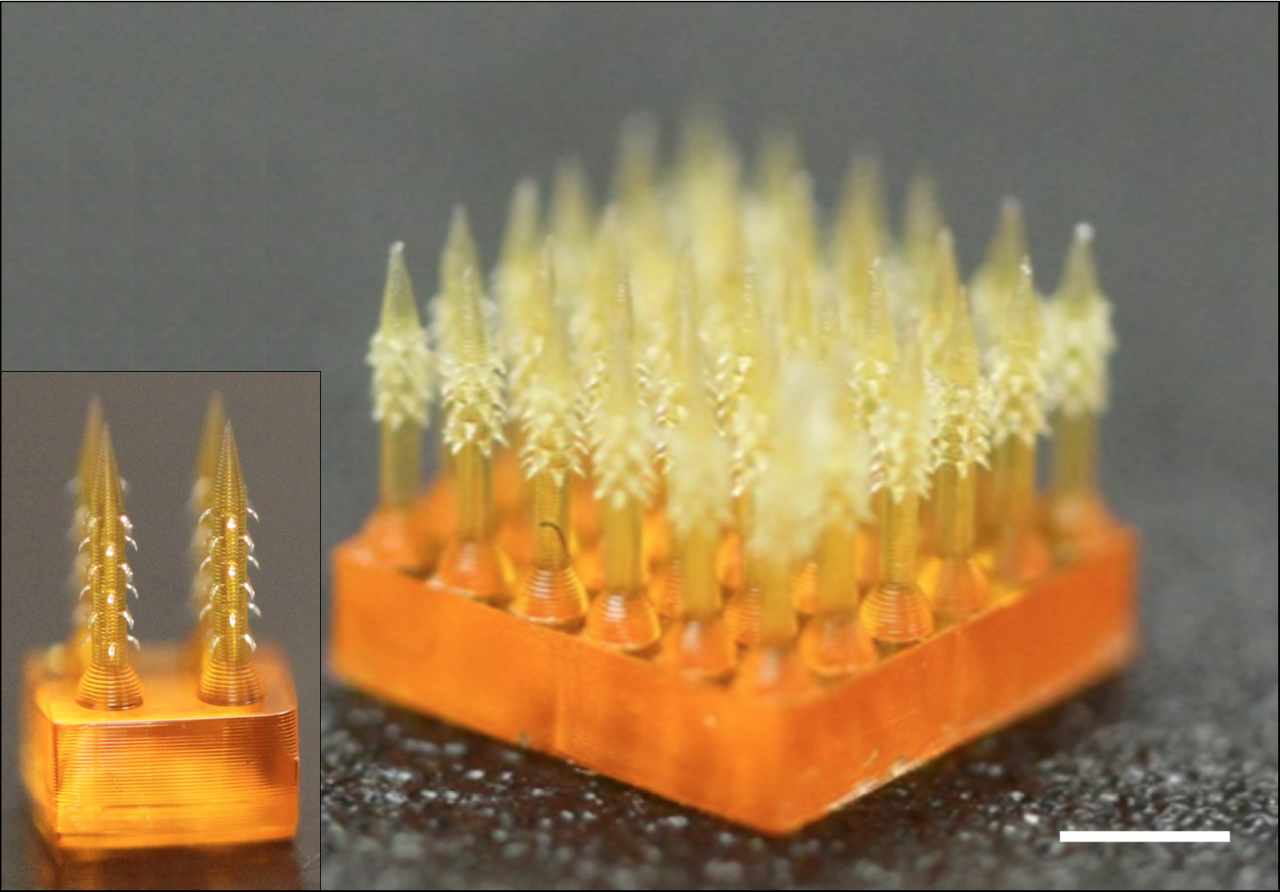
High-Tech Printing May Help Eliminate Painful Shots
Painful hypodermic needles may not be needed in the future to give shots, inject drugs and get blood samples. With 4D printing, Rutgers engineers have created tiny needles that mimic parasites that attach to skin and could replace hypodermic needles, according to a study in the journal Advanced Functional Materials.
UB chemist awarded $2 million NIH grant for enzyme research
A University at Buffalo-led research team is studying the details of how enzymes perform their job. The focus of the project is on understanding the molecular interactions that enable enzymes to accelerate chemical reactions.
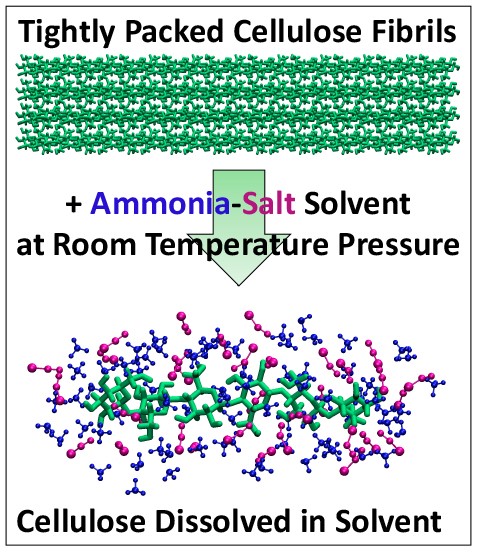
How to Make it Easier to Turn Plant Waste into Biofuels
Researchers have developed a new process that could make it much cheaper to produce biofuels such as ethanol from plant waste and reduce reliance on fossil fuels. Their approach, featuring an ammonia-salt based solvent that rapidly turns plant fibers into sugars needed to make ethanol, works well at close to room temperature, unlike conventional processes, according to a Rutgers-led study in the journal Green Chemistry.
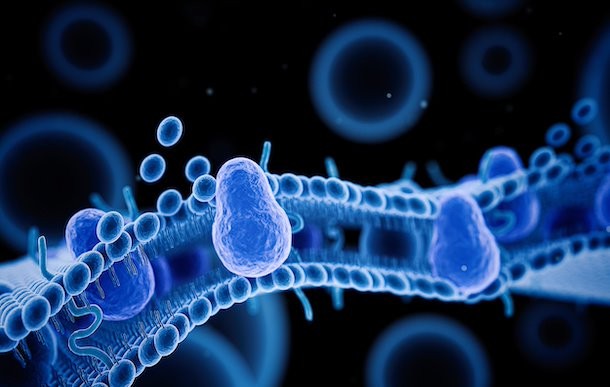
Artificial cells act more like the real thing
Researchers develop protocells that better mimic living cells to help understand cell movement

Two Rutgers Professors Named Fellows of AAAS
Two Rutgers professors have been named fellows of the American Association for the Advancement of Science (AAAS) this year, an honor awarded to AAAS members by their peers. They join 441 other AAAS members named new fellows because of their scientifically or socially distinguished efforts to advance science or its applications. The fellows will be presented an official certificate and a gold and blue (representing science and engineering, respectively) rosette pin on Feb. 15 at the AAAS Fellows Forum during the 2020 AAAS Annual Meeting in Seattle, Washington.

New ACI Guidance Provides Pathways for Stewardship of Enzyme-containing Consumer Products
Enzymes bring significant benefits to laundry and cleaning products, including improved cleaning efficiencies. An updated publication from the American Cleaning Institute (ACI) provides a framework for consumer product manufacturers to develop appropriate risk management strategies to avoid unacceptable risks to the users of new products containing enzymes.